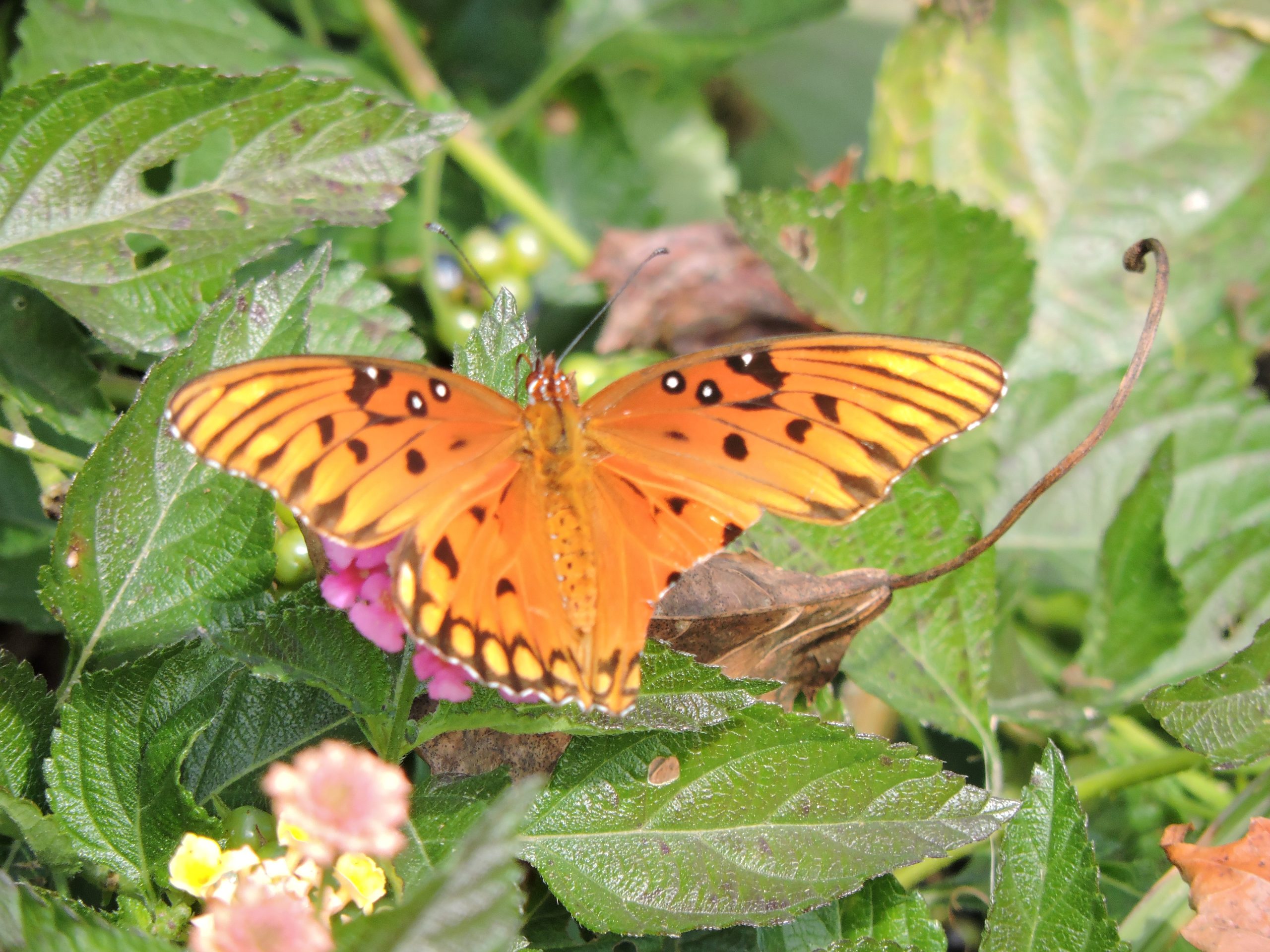Expressions of Desire for the Second and Third Person
和訳は英文の下になります。/ The Japanese translation is below the English text.
Contents
1. Summary
2. -Tagarimasu
3. -Tagatte imasu
4. Hoshigarimasu
5. Hoshigatte-imasu
1. Summary
In this post, we will discuss expressions of desire for a subject in the second person (the person the speaker is talking to) or in the third person (the one who is neither the speaker nor the addressee).
The same grammar applies to the second and the third person.
In short, there are two verbs to express hope and desire for such subject. When and which one to use are decided by the grammatical type of the object of desire. For one, we use “-tagarimasu” only when it is a verb. The other one, “hoshigarimasu”, we use when we express the desire with a noun.
For either object type, we have a distinction between two aspects of desire. Aspect here means whether the desire is transient, or it is static and current.
Here is the summary of this post.
| Subject | Aspect | Verb is the object of desire | Noun is the object of desire |
|---|---|---|---|
| Second person or third person | Transient (present but occasional or habitual) | Haha wa tama ni watashi no koe o kikitagarimasu. (My mom wants to hear my voice once in a while.) => See Section 2 | Tomodachi wa nihon no o-miyage ni sanshoo o hoshigarimasu. (My friend want Japanese pepper as a souvenir from Japan.) => See Section 4 |
| Second person or third person | Static (present state) | Imooto wa tai-ryoori o naraitagatte-imasu. (My sister wants to learn Thai cooking.) => See Section 3 | Imooto wa tebukuro o hoshigatte-imasu. (My sister wants a pair of gloves.) => See Section 5 |
2. -Tagarimasu
“-Tagarimasu” (want to do …) is an expression of desire for the second and third person. It is used only when the object of desire is expressed with a verb.
Ex. 1. Haha wa tama ni watashi no koe o kikitagarimasu. (My mom wants to hear my voice once in a while.)
“Kikitagarimasu” is a combination of “kiki-” and “-tagarimasu”. “Kiki-” is the “masu” stem of the verb “kikimasu” (to hear, listen). “-Tagarimasu” is an auxiliary verb and it adds the meaning “apparently want to do…” to the verb.
・For more on “masu” stem, please refer to: => How to Express the Speaker’s Hope and Desire
A verb thus connected to “-tagarimasu” indicates the change in the person’s state of mind from “not having the desire” to “having the desire”.
For example, in Ex. 1, my mother wants me to call her on occasion, but she doesn’t have to hear from me every day, knowing that I am generally doing fine. “-Tagarimasu” shows the transient nature of the desire like this.
Therefore, we always mention the circumstances or the frequency at which the desire occurs, as “tama ni” (once in a while) in Ex. 1. Below is another example:
Ex. 2 Toshi-totta inu wa, samui hi wa sampo-shitagarimasen. (An aged dog doesn’t want to go for a walk on a cold day.)
“-Tagarimasu” conjugates as follows:
| Tense | Affirmative | Negative |
|---|---|---|
| Present/Future | sampo-shitagarimasu. (want/wants to take a walk [in certain circumstances]) | sampo-shitagarimasen. (don't/doesn't want to take a walk [even in certain circumstances]) |
| Past | sampo-shitagarimashita. (wanted to take a wak [in certain circumstances]) | sampo-shiitagarimasen-deshita. (didn't want to take a walk [even in certain circumstances]) |
3. -Tagatte-imasu
“-Tagatte-imasu” (want to do…) is the “-te imasu” form of the afore-mentioned “-tagarimasu”, and it shows the desire of a continuing nature. Most typically, we say “-tagatte imasu” to talk about the subject’s current desire.
We call this type of desire “static” as opposed to “transient” type. See the example:
Example 2. Imooto wa Tai-ryoori o naraitagatte-imasu. (My little sister wants to learn Thai cooking.)
“Naraitagatte-imasu” is a combination of “narai-” and “-tagatte-imasu”. “Narai-” is the “masu” stem of the verb “naraimasu” (to learn).
“-Tagarimasu” is one of the special verbs which must be in “-te imasu” form to indicate the present state.
In this structure, the verb formed with “-tagatte-imasu” conjugates as follows:
| Tense | Affirmative | Negative |
|---|---|---|
| Present/Past | naraitagatte-imasu. (want/wants to learn) | naraitagette-imasen. (don't/doesn't want to learn) |
| Past | naraitagatte-imashita. (wanted to learn) | naraitagatte-imasen-deshita. (didn't want to learn) |
4. Hoshigarimasu
“Hoshigarimasu” is the other expression of desire for the second and third person, and only when the desire is expressed with a noun.
Ex. 3 Tomodachi wa nihon no somiyage ni kona-zanshoo o hoshigarimasu. (My friends want ground sanshoo pepper as a souvenir from Japan.)
To make a sentence with “hoshigarimasu”, first, you present the subject (in this case “tomodachi”) and the subject marker particle “wa”.
Next, mention the object (“kona-zanshoo”) and the object marker “o”. Then you say the verb (hoshigarimasu) to complete the sentence.
“Hoshigarimasu” also shows the change of status from the absence to the presence of the desire. Therefore, we often mention the circumstances or the frequency at which it occurs. Sometimes you recognize it from the context. For example, in Ex. 3, “whenever I go to Japan” is implied.
“Hoshigarimasu” conjugates as follows:
| Tense | Affirmative | Negative |
|---|---|---|
| Present/Future | hoshigarimasu. (want/wants [in certain circumstances].) | hoshigarimasen. (don't/doesn't want [in certain circumstances].) |
| Past | hoshigarimashita. (wanted [in certain circumstances].) | hoshigarimasen-deshita. (didn't want [in certain circumstances].) |
5. Hoshigatte-imasu
“Hoshigatte-imasu” is the “te-imasu” form of “hoshigarimasu”, and it only shows someone’s desire of a continuing nature. Typically, it is used to talk about someone’s current desire. See the example:
Ex. 4 Imooto wa tebukuro o hoshigatte-imasu. (My little sister wants a pair of gloves.)
“Hoshigarimasu” is one of the special verbs which takes “-te imasu” form to show the subject’s current state.
“Hoshigatte-imasu” conjugates as follows:
| Tense | Affirmative | Negative |
|---|---|---|
| Present/Future | hoshigatte-imasu (want/wants) | hoshigatte-imasen (don't/doesn't want) |
| Past | hoshigatte-imashita (wanted) | hoshigatte-imasen-deshita (didn't want) |
Related posts:
=> How to Express the Speaker’s Hope and Desire
=> How to Use Expressions for Hope and Desire
[End of the English post]
二人称と三人称の希望・欲求の表し方
目次
1. まとめ
2. ~たがっています
3. ほしがっています
4. ~たがります
5. ほしがります
1. まとめ
この記事では、二人称(話者の話し相手)と三人称 (話者でもその話し相手でもない人すべて)の欲求表現について考えます。
希望・欲求表現では、この二つの主語には同じ文法が使われます。
まとめると、二人称と三人称の希望・欲求表現には動詞が二つあります。いつ、どちらを使うかは、欲求の対象が文法上どんな種類の言葉であるかによって決まるのですが、対象が動詞の時は「~たがります」を使い、対象が名詞で表される時は「ほしがります」を使います。
下表に、二人称と三人称の希望・欲求表現についてまとめました。
| 主語 | アスペクト(相) | 欲求の対象を動詞で表す場合 | 欲求の対象を名詞で表す場合 |
|---|---|---|---|
| 二人称・三人称 | うつろう(現在のことだが、時によってまたは習慣として) | 母はたまに私の声を聞きたがります。=>第2節 | 友だちは日本のおみやげに山椒を欲しがります。=>第4節 |
| 二人称・三人称 | 静的(現在の状態) | 妹はタイ料理を習いたがっています。=>第3節 | 妹は手袋を欲しがっています。=>第5節 |
2.~たがります
二人称か三人称の誰かが行動を欲している、と言う時、「~たがります」を使います。
例1.母はたまに私の声を聞きたがります。
「聞きたがります」は「聞き」と「~たがります」の二つの部分から成っています。「聞き」はこの文の主動詞「聞きます」のマス語幹です。「~たがります」は助動詞で、主動詞に「明らかに何かを欲している」という意味を加えます。
・マス語幹については、こちらをご覧ください => 自分の希望・欲求の表し方
このように動詞が「~たがります」と結びつくと、主語の心の状態が「~したいと思っていない」状態から「~したい」状態に変化することを意味します。
例えば、例1で、私の母は時々私から電話がほしい。けれど、毎日電話がほしいわけではありません。私がたいてい元気でいると分かっているからです。「~たがります」は、このように起こったり起こらなかったりする、うつろう欲求を示します。
そのため、欲求がある時の状況や、頻度についての説明が文に加わります。例1の「たまに」もその一つですが、もう一つ例を出します。
例2 年取った犬は、寒い日は散歩したがりません。
「~たがります」は次のように活用します。
| 時制 | 肯定文 | 否定文 |
|---|---|---|
| 現在・未来 | 散歩したがります。(ある状況の下で) | 散歩したがりません。(ある状況の下でも) |
| 過去 | 散歩したがりました。(ある状況の下で) | 散歩したがりませんでした。(ある状況の下でも) |
3. ~たがっています
「~たがっています」は、動詞「~たがります」の「~ています」形で、欲求が持続している状態を示します。このため、現時点での主語の欲求について述べるのによく使います。
「うつろう」欲求に対して、このような欲求は「静的な」欲求と呼びます。次の例を見てください。
例2.妹はタイ料理を習いたがっています。
「習いたがっています」は、「習い」と「~たがっています」の二つの部分で成っています。「習い」は動詞「習います」のマス語幹です。
なお、「~たがります」は、現在の状態を表すのに「~ています」形が必要な、特別な動詞の一つです。
「~たがっています」とつながった動詞の活用は次の通りです。
| 時制 | 肯定文 | 否定文 |
|---|---|---|
| 現在・未来 | 習いたがっています。 | 習いたがっていません。 |
| 過去 | 習いたがっていました。 | 習いたがっていませんでした。 |
4.ほしがります
「ほしがります」は、二人称・三人称主語のうつろう希望や欲求を表すもう一つの言い方で、欲しい対象が名詞で表されるときにだけ使います。
例3.友達は日本のお土産に山椒を欲しがります。
「ほしがります」の文を作るには、まず主語(ここでは友達)と、主語を示す「が」を言います。
次に、目的語(山椒)と目的語を示す(を)を言います。最後に動詞「ほしがります」です。
「ほしがります」も欲求の不在から、欲求がある状態への変化を表すので、その状況や頻度についてよく言及します。その情報が文脈に含まれていることもあります。例3の場合は、「私が日本へ行くたびに」という意味が含まれています。
「ほしがります」の活用は次の通りです。
| 時制 | 肯定文 | 否定文 |
|---|---|---|
| 現在・未来 | ほしがります。(ある状況の下で) | ほしがりません。(ある状況の下でも) |
| 過去 | ほしがりました。(ある状況の下でも) | ほしがりませんでした。(ある状況の下でも) |
5. ほしがっています
「ほしがっています」は、動詞「ほしがります」の「~ています」形で、欲求が持続している状態を示します。このため、現時点で主語がほしがっているものについて述べるのによく使います。次の例を見てください。
例4.妹は手袋を欲しがっています。
「ほしがります」も特別な動詞で、話している時点での希望や欲求を言う時は「~ています」を使います。
「ほしがっています」の活用は次の通りです。
| 時制 | 肯定文 | 否定文 |
|---|---|---|
| 現在・未来 | ほしがっています。 | ほしがっていません。 |
| 過去 | ほしがっていました。 | ほしがっていませんでした。 |
関連記事:
=> 希望・欲求表現の使い方
=> 自分の希望・欲求の表し方
[和文部終わり]




